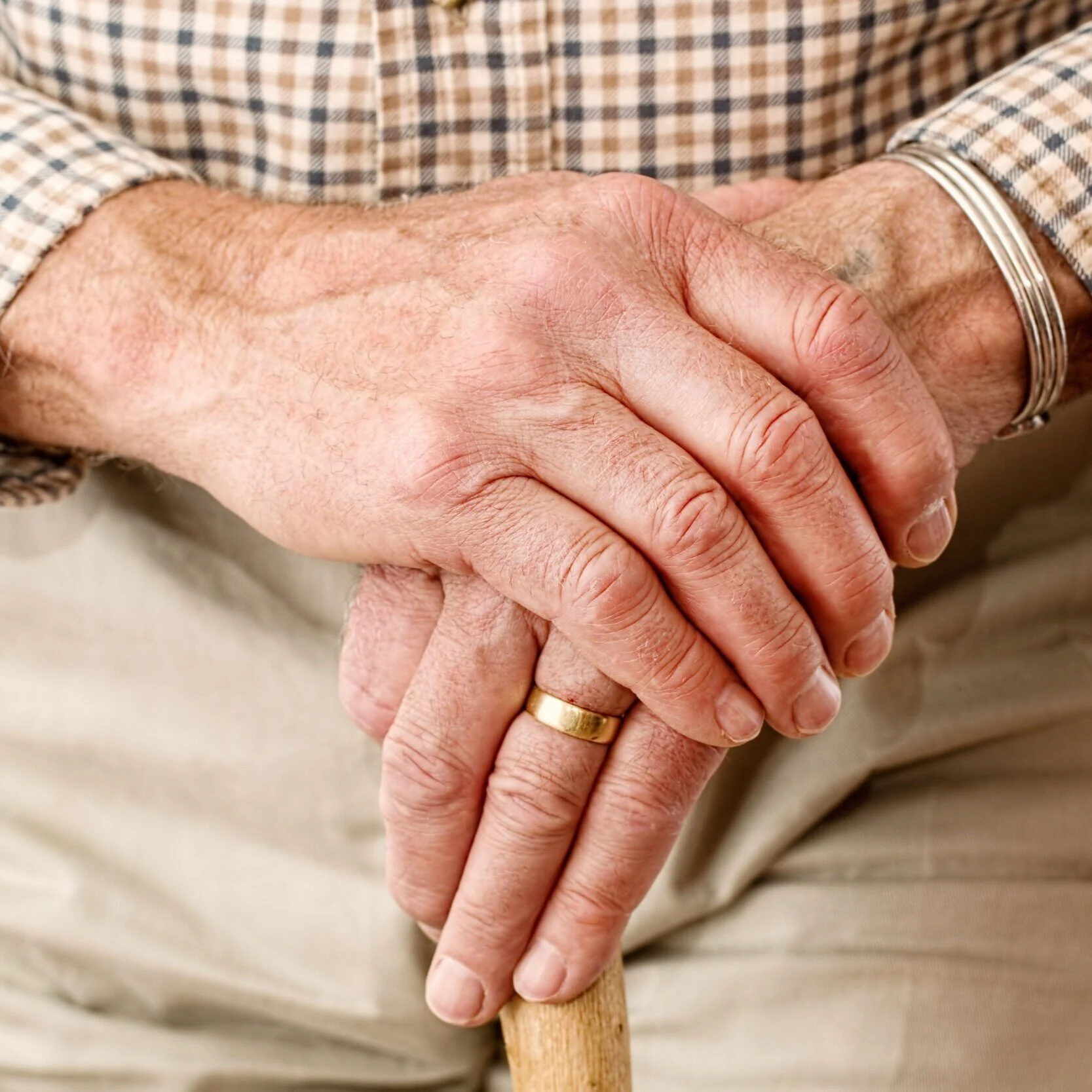5 Fall Prevention Tips
As you age, your body naturally loses flexibility, agility and balance. These aging deficits combined with a fear of falling increase the risk of falls and injuries.
But the risks go beyond physical injuries from a fall itself. Both actual falls and the fear of falling can cause older adults to limit activities and their social life.
This can lead to depression, feeling helpless and additional physical decline – which can further increase the risk of a fall. Here are some simple fall prevention steps you can take to address problem areas, make your living space safer and help alleviate your fears.
1. Check walkways
Loose throw rugs with folds or rolled edges are easy to trip over, especially with the use of an assistive device. Remove possible trip hazards on the floor.
2. Examine lighting needs
Proper lighting is important, especially at night. If you get out of bed, you need to see where you’re going, and a simple night light can make a big difference.
3. Be extra careful on stairs
Stairs can be particularly challenging, and a fall down a flight of stairs may cause head injuries, broken bones, dislocations and other severe types of trauma. Use handrails when navigating stairs.
4. Learn your assistive device
Assistive devices such as canes, walkers and rollators can help aid you in your mobility, but it’s important to ensure these are set at the proper height and that you are using them correctly. Unsure if your assistive device is the best for your needs? See a physical therapist or other professional for proper fitting.
5. Consider balance training
Still concerned about your fall risk? You may want to consider balance training with a physical therapist to help increase your confidence and safety. In our balance training program, we identify your specific risks, develop a personalized treatment plan with gait training and balance strategies, and educate you in other ways to help ensure better fall prevention – including showing you specific exercises you can do on your own to stay active while minimizing your fall risk.
Falls are not inevitable, and with these simple fall prevention tips, you can help minimize your risk, while maintaining the highest quality of life.


